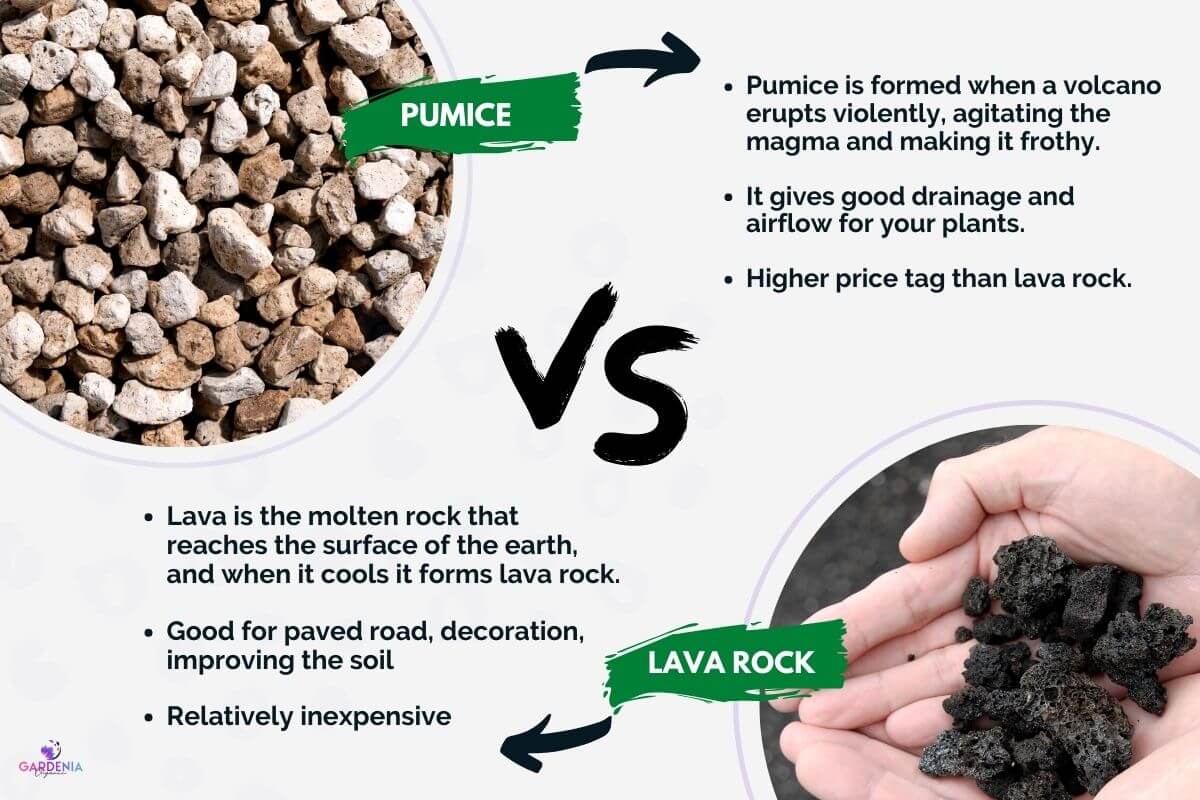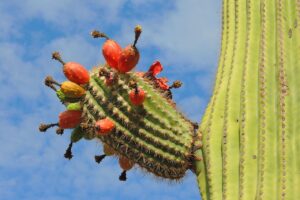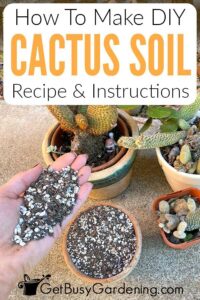When it comes to nurturing plants, particularly those botanicals that thrive in arid conditions, the debate between lava rock and pumice stone is a topic of considerable intrigue. Each medium possesses unique attributes that can significantly influence plant health, aeration, and moisture retention. This article delves into the remarkable characteristics of both materials to help you determine which is best suited for your cherished green companions.
Understanding the Origins of Lava Rock and Pumice Stone
Lava rock is derived from volcanic eruptions, forged in the extreme temperatures of molten lava that cools and solidifies. The result is a porous, lightweight substrate loaded with minerals that can enhance soil composition.
In contrast, pumice stone emerges from volcanic ash that has rapidly cooled under specific conditions, trapping air bubbles within it. This results in an exceptionally light, extrusive igneous rock that boasts a unique textural diversity. Both substrates embody the elegance of natural formations, yet their qualities cater distinctly to various horticultural applications.
Physical Properties: The Key Differences
Lava rock has a rugged appearance, often possessing an angular structure that assists drainage by preventing compactness in soil mixtures. This structure contributes to excellent air circulation around plant roots, a factor critical for preventing root rot and promoting overall root health. Its dark coloration absorbs sunlight, which may aid in warming the soil in cooler climates, making it especially useful for outdoor gardens in temperate zones.
Pumice stone, on the other hand, exhibits a lighter color and a more uniform appearance, conducive to aesthetics when cultivated as an ornamental planting medium. Its extensive porosity aids in moisture retention—capturing water and nutrients in its myriad tiny air pockets, which becomes an invaluable resource for plants requiring consistent hydration. For succulent enthusiasts in particular, pumice serves as a vital component in potting mixes, especially for cultivars that prefer drier conditions and excellent drainage.
The Role of Moisture Retention and Aeration
A pivotal aspect of plant health involves a balance of moisture retention and aeration. Lava rock’s structure allows for a degree of moisture drainage while retaining sufficient water for drought-resistant plants. Its ability to avoid waterlogging makes it a favorable choice for xeriscaping and dry gardens.
Conversely, pumice stone excels in its moisture retention capabilities, drastically reducing the frequency of watering required. This attribute can be particularly beneficial for potted plants, where consistent moisture levels can spell the difference between thriving and wilting foliage. Many gardeners mix pumice with other materials to create a bespoke soil blend, catering to specific plant needs.
Mineral Contributions: Boosting Plant Growth
Both lava rock and pumice stone provide distinctive mineral contributions essential for plant vitality. Lava rock contains minerals like potassium, magnesium, and iron, which can enrich the overall nutrient profile of the soil when properly incorporated. The slow release of these minerals, combined with its structural benefits, creates an environment ripe for flourishing plant growth.
Pumice stone, while not as mineral-rich, acts as an exceptional catalyst for promoting beneficial microbial life within the soil. Its porosity facilitates oxygen flow, thereby fostering an environment conducive to mycorrhizal fungi and other beneficial organisms that aid in nutrient absorption. Thus, while pumice may lack the immediate mineral load of lava rock, its role in promoting soil health is equally critical.
Environmental Considerations: Sustainability and Sourcing
As environmental awareness continues to grow, the sourcing of plants and their mediums cannot be overlooked. Lava rock is typically harvested from volcanic regions, which can entail significant extraction processes. However, sustainably sourced lava rock ensures that its use does not overly deplete natural reserves.
Pumice stone is often harvested from quarries, and its lightweight nature makes transportation more energy-efficient compared to heavier alternatives. Both materials are generally considered eco-friendly due to their natural origins and inorganic characteristics, which do not pose harm to the environment during degradation.
Conclusion: Making the Right Choice for Your Plants
Ultimately, the decision between lava rock and pumice stone hinges on the specific needs of your plants and the conditions in which they are grown. For gardeners focused on succulents, cacti, or any drought-resistant flora, pumice stone often emerges as the preferred choice due to its remarkable moisture retention and aeration properties. On the other hand, if your priority is creating a robust drainage system primarily for outdoor plants that can benefit from additional minerals, lava rock may be your best bet.
Making an informed decision between these exceptional growing materials can lead to an enriched gardening experience and ultimately reward you with vibrant, flourishing plants that exhibit the rugged beauty of the natural world. Each is an excellent substrate that, when applied correctly, can transform your planting endeavors into a successful journey. Whether you choose lava rock, pumice, or a blend of both, discovering the ideal medium is a pathway toward gardening triumph.





Leave a Comment